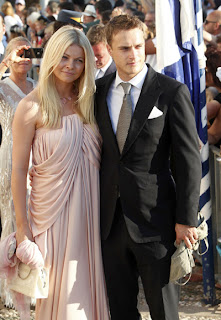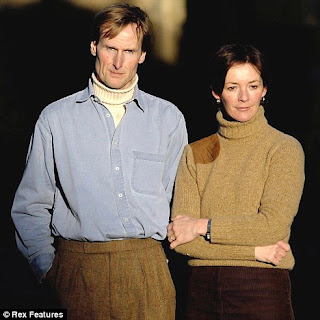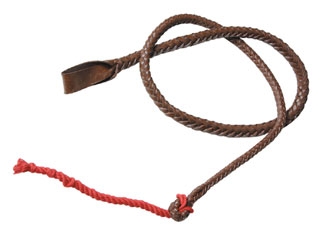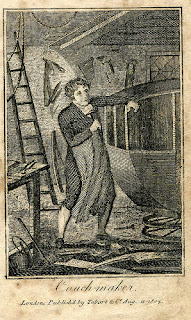Torquhil Campbell, 13th Duke of Argyll – title created 1701. Additional titles: Marquess of Kintyre and Lorne, Viscount Lochow and Glenilla and Lord Morvern, Chief of Clan Campbell.
History: The dukedom brings with it the the hereditary posts of Master of HM’s Household in Scotland and Keeper of the Great Seal of Scotland.
The family suffered serious scandal in the Sixties, when the divorce proceedings of the 11th duke unearthed a famous photograph of his soon-to-be former wife with a mysterious naked man. Also introduced to the court was a list of eighty-eight men the Duke believed had enjoyed his wife’s favours; the list is said to include two government ministers and three royals. The judge commented that the Duchess had indulged in “disgusting sexual activities”.
The present duke, when not working in the whisky trade, is captain of the Scottish elephant polo team.
Holdings: Family owns 60,000 acres of Scotland, valued at £12.5m in 2001.
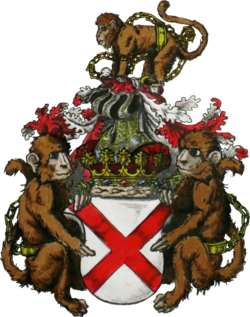 |
| Copyright byAlexander Liptak |
Maurice FitzGerald, 9th Duke of Leinster – title created 1766. Additional titles: Marquess of Kildare and Earl of Offaly. Family Pile: Formerly Carton House, Co. Kildare. Now a farmhouse in Oxfordshire.
History: The FitzGeralds assisted Edward I in his battles against the Scots. The family fortunes declined in the 20th century after the 7th Duke sold his interests in the family estates and was then declared bankrupt. His fourth wife, with whom he opened a teashop in Rye in 1965, was the caretaker of the block of flats in which he lived. Educated at Millfield, the present Duke is president of the Oxfordshire Dyslexia Association and is the highest ranking member of the Peerage of Ireland.
Holdings: None of note – the Duke works as a landscape gardener.
Murray Beauclerk, 14th Duke of St Albans Age: 70. Title created: 1684. Other titles include Earl of Burford, and Baron Heddington. Family Pile: Seat: A terrace house in Knightsbridge, London.
History: The first Duke was the illegitimate son of Charles II and Nell Gwyn. Though the present Duke is a Tonbridge-educated chartered accountant, an eccentric strain still runs through family. His heir, the Earl of Burford, has long campaigned to prove his ancestor, Edward de Vere, 17th Earl of Oxford, was the true author of the works of Shakespeare. In 1999, the young Earl was forcibly expelled from the House of Lords for jumping on the Woolsack and accusing the Government of treason in its expulsion of hereditary peers.
Holdings: Never a great landowning family, the Beauclerks were said to own 4,000 acres, worth £12m, in 2001.
Arthur Wellesley, 8th Duke of Wellington – title created 1814. Additional titles: Prince of Waterloo, Duke of Vittoria and Earl of Mornington.
History: Like the original Iron Duke, the present Duke had a long Army career, winning the Military Cross and reaching the rank of Brigadier. In later life, he has devoted himself to his estates and charities, coming top in Country Life’s ‘Good Duke Guide’ in 1991. The Duchess of Wellington died on November 1 of this year. His heir, the Marquess of Douro, is a former Tory MEP and his grandson. Arthur, Lord Mornington, is married to Jemma Kidd (Lady Mornington), the make-up artist, seen below.
Holdings: 7,000-acre Hampshire estate, 20,000 acres of Belgium and Spain. Thought to be worth £50m in 2001. For all you want to know – and probably more – about the 1st Duke of Wellington, check the 40-something posts to be found under “Labels” in the left sidebar of this blog.






